|
Pilates Is Famous For Sculpting Lean Bodies, but It's Actually the Ultimate Injury Rehab
https://ift.tt/2Ed2lzW 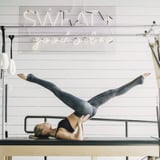
When you're injured, recovering from a trauma, or experiencing any kind of pain, your workout is usually the first thing to take a back seat. In most cases, physical therapists and doctors will tell you to pause your running routine, skip Spin class, ditch the boot camps, and cool it with exercise - except Pilates. Andrea Speir, founder and master trainer at SPEIR Pilates, knows this firsthand. "The aesthetic side of Pilates - wanting to look a certain way - came after its original base of rehabilitating people's bodies. The base of it is all therapy." "I tore my meniscus," Speir told POPSUGAR. "That's how I got into Pilates in the first place!" The celebrity trainer has become a Pilates icon, but it wasn't always her exercise of choice - she was a dancer and track and field athlete. In fact, it wasn't until she was prescribed a Pilates regimen by her physical therapist - with a goal of getting back on stage - that she began to make it part of her routine. And as you may have gathered, that routine was transformational enough to change the course of her life. And she's not alone. More and more men and women are turning to this exercise not just as a way to lose weight and feel strong but as a full-blown rehabilitation program - oftentimes as ordered by a doctor or physical therapist. In fact, this workout can help you prevent injuries before they even happen . . . let's get into how all of this works. Why Do Physical Therapists Prescribe Pilates?Who better to ask about prescribing Pilates for physical therapy than a physical therapist who also happens to be a master trainer of Pilates? (We'll help you out: the answer is no one.) Physical therapist and Pilates Balanced Body Master Instructor Lindy D. Royer, PT, PMA-CPT, told POPSUGAR, "The Pilates environment is a natural fit for rehabilitation and physical therapy," primarily because of its flexibility to meet the patient wherever they are in their recovery journey, "no matter what their current condition or ultimate goal." Therapists have seen massive success through using Pilates for rehab. "We have many clients who were told they would need surgery, particularly to treat neck or back issues," Royer said. "These clients are now participating in Pilates classes two to three times a week and have resumed enjoying their activities with minimal discomfort." Royer described two patients - one is a woman in her 60s who was told she needed a spinal fusion and chose to "explore Pilates-based PT before committing to the surgery." This patient ended up not needing the surgery, and Royer said that "several years later, [she] is thriving. She and her husband travel, hike, play golf together, and enjoy spending time with their grandchildren. She continues to come to classes, improving her alignment, movement, and strength, and has become a great friend to our practice and a wonderful advocate for the benefits of Pilates." Another one of Royer's patients had already received a lumbar fusion many years ago but still had severe chronic pain and dysfunction that interfered with daily life and prevented her from going back to work - and she was ready to go on disability. "She had been told by other health providers, including a physical therapist, that she was 'too broken' to try Pilates," Royer said, but after giving it a chance anyway, she not only healed herself, but she also ended up becoming a Pilates instructor herself. We're not crying, you're crying!
Pilates Was Created For RehabWhile a "Pilates body" might be the MO for some people signing up now, that wasn't its original purpose. "Joseph Pilates put [Pilates] together as a physical therapy in a way," Speir said. "It's based on working your body in proper form and strengthening all the intricate, tiny muscles, as well as bigger ones. The aesthetic side of [Pilates] - wanting to look a certain way - came after its original base of rehabilitating people's bodies - that [rehabilitation] was its whole purpose. The base of it is all therapy." The long, lean, svelte, and sculpted body just happened to be a lovely side effect of doing Pilates as a form of rehab. "People started doing Pilates for physical therapy, and it became huge with dancers back when Joseph Pilates had a studio in New York," Speir said. "They realized how much stronger and healthier their bodies got from the exercises, and more people started doing it. They've got a torn meniscus, they've got a herniated disc . . . they start doing Pilates and then they got the bonus that their bodies looked amazing. They realized you can look good on top of rehabilitating your body." "They've got a torn meniscus, they've got a herniated disc . . . they start doing Pilates and then they got the bonus that their bodies looked amazing." So why does this workout take the cake over all others for therapeutic purposes? "The beauty of the full Pilates environment is that the apparatus and props can be used very effectively to support, assist, and facilitate movement so the patient can learn or relearn optimal movement in a safe way," Royer said. There are so many facets of Pilates that every single thing can be customized and tailored to a specific person's body, needs, and injury. "In a fully equipped Pilates studio or clinic, mat work is not our only tool," Royer said. She described support movement in "assistive, gravity-friendly positions" as well as challenging work for "training strength, balance coordination, speed, function, and endurance for even the most advanced patients." What's more is that as the patient changes and progresses, the workout does too. "At any point along this path, we can adjust the support or challenge to make the process very specific to each individual. We are all uniquely designed, and the wonderful thing about Pilates is that it can be adapted creatively to match the individuality of the patient and meet their needs more precisely." Image Source: SPEIR Pilates Physical and Emotional TherapyIf you've ever dealt with an injury, you know that it not only can be physically traumatizing but quite emotionally traumatizing as well. There's a significant level of anxiety that can come from a physical injury. We spoke with Michelle Lee, a POPSUGAR employee who has suffered from two herniated discs and turned to Pilates as a form of rehabilitation - both for the core strength and pain relief and the respite from the mental anguish that can come with a hurt back. Sara Grout, master trainer for Club Pilates, told us that Pilates can actually help to activate the parasympathetic nervous system while also "toning down the hyperactivity of our sympathetic nervous system." Essentially, this exercise can help us chill out and manage anxiety, physiologically. "Most of us spend our days in 'fight or flight' mode: We rush from appointment to appointment, we fight our way through traffic, we have to get the kids off to school in time, and we overfuel ourselves on caffeine and/or sugar." OK, who's spying on us?! But for real - she has a serious point. "When we can switch gears and activate our parasympathetic nervous system (our rest, digest, reparation, and recovery mode), our body can now heal, grow stronger, detoxify, and even lose extra weight," Grout said. "During a reformer workout, footwork performed lying on our backs is often used to warm up the body and prepare it for movement where the focus is on proper alignment of the pelvis and spine, while focusing on the breath. By performing movement in this position while bringing intention to the breath, we automatically shift our bodies into the rest and repair mode, which is why you'll leave a Pilates class feeling refreshed and reenergized." You know that feeling you get from deep breathing in yoga or meditation? Pilates has that too. Fun fact: "Joseph Pilates described the breath as 'an internal shower for the body,'" according to Grout. What to Keep in Mind When You're InjuredSo let's say you've torn your ACL, herniated a disc, or just had shoulder surgery - don't just jump into a group Pilates class! There's a bit more to consider. Speir strongly recommends doing private sessions first. "If you're doing private Pilates, you can do it with pretty much any injury," she said, noting that this includes pregnancy - you'll want special attention for prenatal Pilates. She said you can trust your instructor because "the anatomy side of [Pilates] training is humongous; usually the instructors got into teaching because they've had an injury themselves" and have realized the healing power of this exercise. "If you're doing private Pilates, you can do it with pretty much any injury." But with "one-on-one [training], you can do pretty much anything," Speir said. "Pilates is going to be fantastic - especially for knee and back injuries." Her only advisory for group classes would be to "make sure if it's anything like a herniated disc or any stress injury, that the teacher is well-versed in whatever injury that is." How Can It Prevent Injuries If You're Not Already Injured?So you're not injured, but you're afraid of what could happen to your body through fitness - and from everyday life. Pilates is an incredible preventative practice, even if you're not currently super active. "Many injuries occur because of an imbalance in the joints, connective tissues, or muscular system," Royer said. So if you're going about daily life but there's something off in your alignment (fun fact: chances are you're definitely off), then you're super injury prone. "As a preventative practice, Pilates gives us more bandwidth to absorb the inevitable knocks and bumps in life that could potentially by devastating," Royer said. So that trip on a short ledge, that tumble on a lurching subway bus, or that missed step on the stairs? Your body will handle it so much better if you've been doing Pilates. "When we train the whole body and include appropriate motor control training via Pilates, we can react more quickly to the unexpected, giving us greater capacity for staying healthy, and the ability to recover more quickly if we do sustain an injury," Royer said. "[Pilates is] the perfect recovery and preventative tool." The mind-body connection is essential. Through the practice of Pilates, a patient becomes more in tune with their body and creates a better awareness that can eventually prevent injury. "Due to all the modifications I need [for my herniated discs], I'm still learning proper form, technique, and breathing," said Lee, who has been doing Pilates for nine weeks now, as prescribed by her doctor and physical therapist. "But now I feel certain muscles (especially my core muscles) turning on or 'firing' that I haven't felt before - nor knew existed!" "In our normal everyday workouts, we're often more concerned with where our heart rate is or how much we're sweating," Grout said. True. But in Pilates, you're not going to sweat buckets or get a crazy heart rate number on your Fitbit or Apple Watch. Instead, "we work on the connection between the mind and the body," Grout said. "The idea is that by connecting your mind with your body, you can actually 'turn on' muscles that have been neglected or inhibited due to years of improper use and biomechanics. By retraining our faulty or imbalanced movement patterns during a Pilates class, we can begin to carry these new patterns into our daily lives, which means less pain, less risk of injury, and getting more out of every other activity we do, while possibly even growing a bit taller." Additionally, it's one of the most low-impact, safest exercises you can do, "which makes Pilates accessible to everybody," Grout said. "Pilates is designed as a low-impact activity so that not only are we taking pressure off of the joints, we are finding proper alignment (without the effect and pull of gravity) so that we can protect our joints in an even greater capacity, while training the body to move from this optimal alignment. This is a great time to decompress the spine and joints and move from a place that feels good. It's the perfect recovery and preventative tool." Health via POPSUGAR Fitness https://ift.tt/2mWxwLI March 31, 2018 at 03:02PM
0 Comments
More Women Die of Lung Cancer in 2 U.S. 'Hot Spots'
https://ift.tt/2pSCdFm Nationwide, the rate of lung cancer death among women fell 6 percent between 1990 and 2015. Health via WebMD Health https://www.webmd.com/ March 30, 2018 at 01:35PM
ER Docs Prescribe More Opioids Than They Realize
https://ift.tt/2GFan9L Of 109 ER doctors at four hospitals, two-thirds underestimated how often they prescribed opioids such as OxyContin (oxycodone) and Vicodin (hydrocodone), the researchers said. Health via WebMD Health https://www.webmd.com/ March 30, 2018 at 01:35PM
You'll Never Want to Wear Sleeves Again Once This Workout Gives You Strong, Sexy Shoulders
https://ift.tt/2J3Vg8i 
In the words of Alice Cooper - "School's out for Summer!" Well, almost, and that means your shoulders will be, too! You might want to add the song to your playlist for shoulder-building motivation in the next few months while you strength train for beautifully sculpted shoulders to show off while the weather heats up. There's no time like the present to hit the iron. Why? June 21 is the official first day of Summer. If you are just beginning a weight-training program, you're in luck. Your muscles will rapidly begin adapting to the stress of weight training, which is a good thing! You could feel strength gains and see muscular results in just a few weeks. If you work hard until the first day of Summer, you will definitely be sporting strong, sexy shoulders in your Summer wardrobe. Need a little shoulder-growing guidance? POPSUGAR is here to help! We contacted certified personal trainer Sarah Chadwell for advice on the top five exercises you should be using in your shoulder day workouts. "Shoulders need to be worked from all sides in order to have the rounded, toned sexy shape that you want to show off in your tank tops, halter tops, and swimsuits. The five exercises I am recommending will give you the complete package," said Chadwell. Health via POPSUGAR Fitness https://ift.tt/2mWxwLI March 30, 2018 at 01:19PM
If You Want Strong, Lean Muscles Like Jessica Biel's, This Is the Workout For You
https://ift.tt/2pTMqkP 
Growing up, I always thought that Jessica Biel was #bodygoals. She's athletic looking with muscle cuts that aren't the size of a bodybuilder's but are graceful and noticeable. OK, TBH, Jessica Biel is still #bodygoals for me. So when I got the chance to work out like her for a week, I knew that I had to take it. Just a little background: I recently lost about 40 pounds from a combination of Whole30, SoulCycle, running, and weights. However, I have been active my entire life. I played basketball and softball throughout grammar school; basketball, softball, track, and rowing in high school; and then rowed for my varsity crew team in college. Even when I was heavy, I would hit the gym and do some time on the elliptical or take a class. So, I didn't think this would be all that hard for someone who is in decent shape. Good news: It's not all that hard, physically. The moves are simple to do on your own, and if you have an injury or some sort of constraint, you can modify them to fit your needs pretty easily. But, you have to push yourself, just like any workout. Bad news: I was sore AF, and you probably will be, too. Jessica favors a circuit, full-body workout, which includes squats, push-ups, planks, and leg raises, allowing her to work every ounce of her body in a time frame that can be a bit flexible. So, I put together a little routine that included some of her must dos, which I did for a week (full disclosure: I did add in a few other exercises so that I wouldn't get bored). After a mile-long jog to warm up, I broke the routine down into sections, including upper body, lower body, and core. Lower-body routine (12 reps done three times each with 60-second rest in between):
Upper-body routine (12 reps done three times each with 60-second rest in between):
Core routine (25 reps done three times each with a 60-second rest in between):
Related:
 The result: After doing the routine for a week, it's something that I would definitely keep doing on my own. I wouldn't do it every day, but probably more like twice a week. Although I was pretty sore when I first started it (which means I haven't been working all of the muscles that I should be), I could honestly feel myself getting stronger and my core getting a bit tighter (hello six-pack abs!), and I don't want to undo the progress I made in only a short time. It's a great way to get in a full-body workout and goes by so fast, you don't even realize how much time it took. Also, I love that it can be done at home while watching TV or before bed with minimal equipment. I always felt as if I didn't get a good enough workout unless I was in a gym. This proved to me that is not the case. I was sweating in my own living room - mostly from this workout but also from trying to dodge puppy kisses while doing sit-ups. So, keep your eyes out for a blond Jessica Biel body double this year on the beach. Because if I keep this up, it will be me. Health via POPSUGAR Fitness https://ift.tt/2mWxwLI March 30, 2018 at 12:58PM
More Baseball Fans Getting Hit By the Ball
https://ift.tt/2pQMLW1 By Robert Preidt HealthDay Reporter FRIDAY, March 30, 2018 (HealthDay News) -- Headed to a Major League Baseball game? Be prepared to duck and cover. As the 2018 season gets underway, a new study finds that fans' risk of being struck by a foul ball or flying bat at Major League Baseball (MLB) games is on the rise. Each year, about 1,750 fans are hurt by foul balls at MLB games. That works out to about two injuries for every three games -- more common than batters getting hit by wayward pitches, according to Indiana University researchers. The researchers did not examine injuries among the more than 40 million fans who attend minor league games. But fans' risk of getting hit at MLB games rose as nearly two dozen new stadiums opened since 1992, the study found. The added risk is easy to explain, the researchers said. "Fans today frequently sit more than 20 percent closer to home plate than was the case throughout most of the 20th century," said study author Nathaniel Grow, an associate professor of business law and ethics at Indiana University's Kelley School of Business. "When you combine that with an increase in the speed with which baseballs are being hit into the stands, fans have less time to avoid errant balls or bats heading in their direction," Grow explained in a university news release. A typical foul ball enters the stands at speeds between 100 and 110 miles per hour, according to the report. That means a fan seated 60 feet from home plate has four-tenths of a second to react -- if they are paying close attention to the action. "Many foul ball-related injuries could easily be avoided through the installation of additional safety netting at little cost to the team," the study authors concluded. While MLB teams have installed expanded netting this season, the researchers added their voice to other calls for an end to a 1913 legal standard known as the "Baseball Rule," which protects baseball teams against lawsuits by injured fans. "The time has come for courts to dispense with the Baseball Rule, and instead hold professional teams strictly liable for their fans' injuries," Grow said. The study is scheduled to appear in an upcoming issue of the William & Mary Law Review. Opening Day of the 2018 season was Thursday. Health via WebMD Health https://www.webmd.com/ March 30, 2018 at 12:31PM
Many Pick the Wrong Drugs for Sneezin' Season
https://ift.tt/2Ihz4qd  FRIDAY, March 30, 2018 (HealthDay News) -- Hay fever sufferers often choose the wrong medication for their seasonal sniffles, new research suggests. With flowers, trees and grasses springing back to life, folks with allergies will start to complain of sneezing, runny noses, and watery, itchy eyes. More often than not, though, they'll head to the allergy aisle of their nearest drug store without advice from a doctor or pharmacist, the new study found. Only 63 percent of people who visit their community pharmacy to purchase treatment for their hay fever have a doctor diagnosis, said study senior author Sinthia Bosnic-Anticevich. "This is despite the fact that a vast majority of them are experiencing moderate to severe hay fever symptoms, which impact on their day-to-day living," she added. Moreover, 70 percent select their own hay fever medication without consulting the pharmacist. And of those who reported wheezing, only 6 percent chose the correct medication, the study found. "Only 17 percent [choose allergy drugs] appropriately," added Bosnic-Anticevich, a professor at the University of Sydney in Australia, who specializes in the use of respiratory medicines. It's estimated that hay fever affects 30 percent of the world's population, the researchers pointed out. Although this study was done in Australia, Bosnic-Anticevich said she has heard anecdotally from U.S. colleagues that the results would likely be similar if it had been done with American allergy sufferers. So what is the optimal medication to quell those seasonal sniffles? If symptoms stem from a true allergy, many people reach first for oral antihistamines, such as Zyrtec (cetirizine), Xyzal (levocetirizine), Claritin (loratadine) or Allegra (fexofenadine). While these medications are helpful, they may cause side effects, and allergy doctors generally recommend trying nasal steroid sprays first. Dr. Marcella Aquino is an allergist at NYU Winthrop Hospital in Mineola, N.Y. She said, "Nasal corticosteroids are the best for treating congestion, runny nose and sneezing." Nasal steroid sprays can help symptoms caused by allergies (rhinitis) and a similar condition called nonallergic rhinitis, she noted. Nonallergic rhinitis also causes runny nose and sneezing, but these symptoms aren't caused by an immune system response as allergies are, according to the American Academy of Allergy, Asthma and Immunology. Health via WebMD Health https://www.webmd.com/ March 30, 2018 at 12:31PM
If You Want to Do Handstands and Pull-Ups, Start Doing This CrossFit Core Move
https://ift.tt/2uClFH8 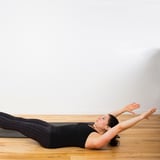
We rarely solely work our abs in CrossFit classes because we do so many compound movements that engage the core, such as squats and thrusters. But my coach Sefton Hirsch recommends incorporating this exercise, called the Hollow Hold (or Hollow Body), regularly. "The hollow hold is a great way to create core stability in any movement," he said. Strengthening the entire core will not only provide stability when doing other activities like running, weight lifting, or even carrying your groceries, but Sefton also said, "The more proficient you can get with this, the easier other movements will be." Hollow Hold can also prepare you for handstands (#goals) and pull-ups (more #goals).
Health via POPSUGAR Fitness https://ift.tt/2mWxwLI March 30, 2018 at 11:19AM
Body Positivity Isn’t a Fad, It’s a Revolution of Self-Love
https://ift.tt/2Gln36D 
In the age of "Me Too," women are beginning another movement, one of accepting their unique identities. Many influencers are advocating this in real life and on social media, with no apologies, no Photoshop, and sometimes with no clothes on. Women are redefining their roles in society, as well as what it means to be healthy and beautiful in their own skin. For too long, women have been comparing themselves to cookie-cutter images of what society portrays as "beautiful." Unlike diets and fashion trends, this isn't a fad. Our perception of what our bodies should look like began when we picked up our first Barbie doll. The one with a thin frame, long straight hair, light skin, and perfect makeup. This was when we started telling ourselves, "We want to look like this when we get older." However, we learned when we got older that humans weren't made like dolls. That in an ever-evolving world, with the meldings of different races, genders, and body types, no two people are alike. Growing up and flipping through magazines with ads of size zero models and photoshopped pictures, and reading about celebrities being criticized and ostracized for gaining or losing "too much weight" have deeply impacted how we view ourselves. Grace Francesca, a spiritual blogger and body-positive advocate, openly shares her personal healing process to inspire other women. Grace said, "When you realise that your purpose in life is to heal yourself and then help to heal others, you begin to look at your body differently." As women, we we're raised on a one-size-fits-all view on how our bodies should look and how to dress and carry ourselves. However, the reality is we all are made differently. We all come from different backgrounds, have different skin tones, body types, and styles. Instead of apologizing for the way we look, we are now learning how to celebrate what many of us used to hide. Body positivity is about adopting more forgiveness and releasing any negative judgments that have accumulated over the years. Michelle Elman, a body confidence coach and activist said, "Everyone is made differently and it would be really confusing if we all looked the same. How would we tell each other apart?" She advocates that when you're called fat, allow this "to open up the conversation and use it as an opportunity for body positivity." Women have been living in the shadows of the truth. That there are real people out there with bodies similar to our own. Women are liberating themselves from these unreasonable standards that have caused self-hatred and negative self talk for too long. Being healthy isn't only about feeding yourself nourishing food, it's also about feeding yourself nourishing thoughts - developing a healthy relationship with yourself mentally and learning how to love and accept yourself. Happiness isn't something that can be acquired through material means, it's something that is healed and dealt with on a deeper level. When you wipe off all the makeup, when you take off your Spanx, and when you look in the mirror, there will only be one person looking back, and that's you. There are two options anyone has, which is to change your perception of how you view yourself and love every bit of it, or allow other people's perceptions of how they define beauty to determine how you feel about yourself. Women are a strong and resilient species and tired of the pressures and body comparisons. It is time to free ourselves and praise individualized beauty. Instead of hiding the curves that show the world we are women, hiding the stretch marks that show how much we have grown, or hiding the cellulite that make us human, women are posting all of their vulnerability on social media. Stephanie Yeboah, a curve blogger and body-positivity advocate, has no reservations about taking picture of her bare skin to show girls of all ages that we need to embrace and love our unique shapes that make us who we are. Stephanie said, "Everyone is beautiful and everyone deserves respect regardless of what body type they have." We didn't come here to fit in a mold. We didn't come here to quiet our inner feminine rawr. We came here to stand together, united as sisters, and support one another and celebrate our realness. We've learned that trying to look like someone else doesn't foster a healthy relationship with ourselves. Iskra Lawrence is also a popular influencer, curve model, and health and wellness advocate, and she said, "I believe in being true to myself and I encourage you all to do you too. Never be scared to show vulnerability, share your story, or your beliefs." Instead of depriving yourself of self-love because you aren't like the girls in the magazines, shine positivity on whatever makes you feel uncomfortable. Accept yourself, your shape, your skin color, your hair texture, because no one is made as unique as you were. Work on being the best version of yourself. Gather inspiration from fellow body-positive women. The more women stand up for and support one another, the more beautiful this world will be. Katie Willcox, a mother, curve model, and founder of Healthy Is the New Skinny, wants to redefine people's body perceptions and bring women together with her message of support: "I believe we are all connected and when women come together, it can be healing for us all." Health via POPSUGAR Fitness https://ift.tt/2mWxwLI March 30, 2018 at 10:40AM
Man's Stubborn Belly Fat Actually A 30-Pound Tumor
https://ift.tt/2J7lJC7 Friday, March 30, 2018 -- What a New Jersey man thought was stubborn belly fat turned out to be a 30-pound tumor. Kevin Daly, 63, was encouraged by his doctors to lose weight after he underwent heart surgery for a calcified valve in Dec. 2015. Over two years, he lost 34 lbs. but couldn't shed his excess belly fat, according to People magazine. Further investigation revealed a massive tumor in his abdomen. "I took a look at the images and immediately got very concerned, given the size of this mass," Dr. Julio Teixeria, Lenox Hill Hospital, told People. "I've seen tumors that are large, but not of this size. Just the mere fact that something was able to grow this big shows that it has a malignant behavior, so I was concerned." Late last year, Daly had surgery to remove the low-grade liposarcoma tumor. Doctors had expected it to be 12 lbs and were surprised that it was actually 30 lbs. "I feel tremendous," Daly told People. "I had lost a tremendous amount of weight already and then I came out of the hospital weighing 172, and that was my high school weight. I'm now up to 187, which is my college weight. It feels really, really good. It's made me feel 35 again." This case highlights the importance of people advocating for their health, according to Teixeria. "It's important that people listen to their bodies, and are in tune with their bodies, because often, your instincts are right," he told People. "If you have a sudden weight loss, or a lack of appetite, or a loss of energy, or if you see an abnormal asymmetry with your body, those are things that you should bring to the attention of your doctor." Health via WebMD Health https://www.webmd.com/ March 30, 2018 at 10:31AM |
Archives
October 2020
Categories |


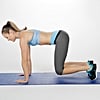


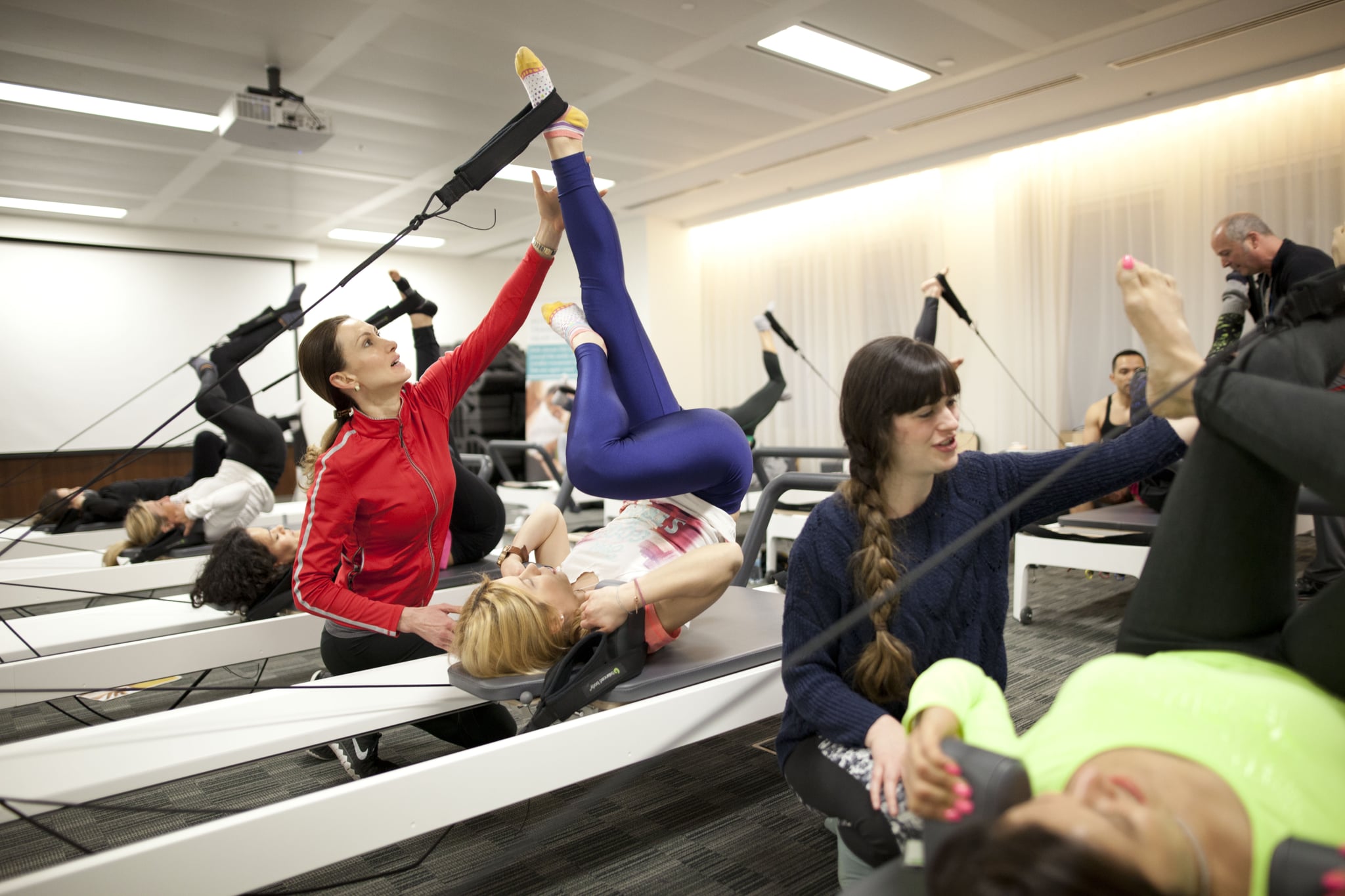
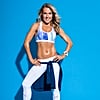
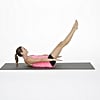
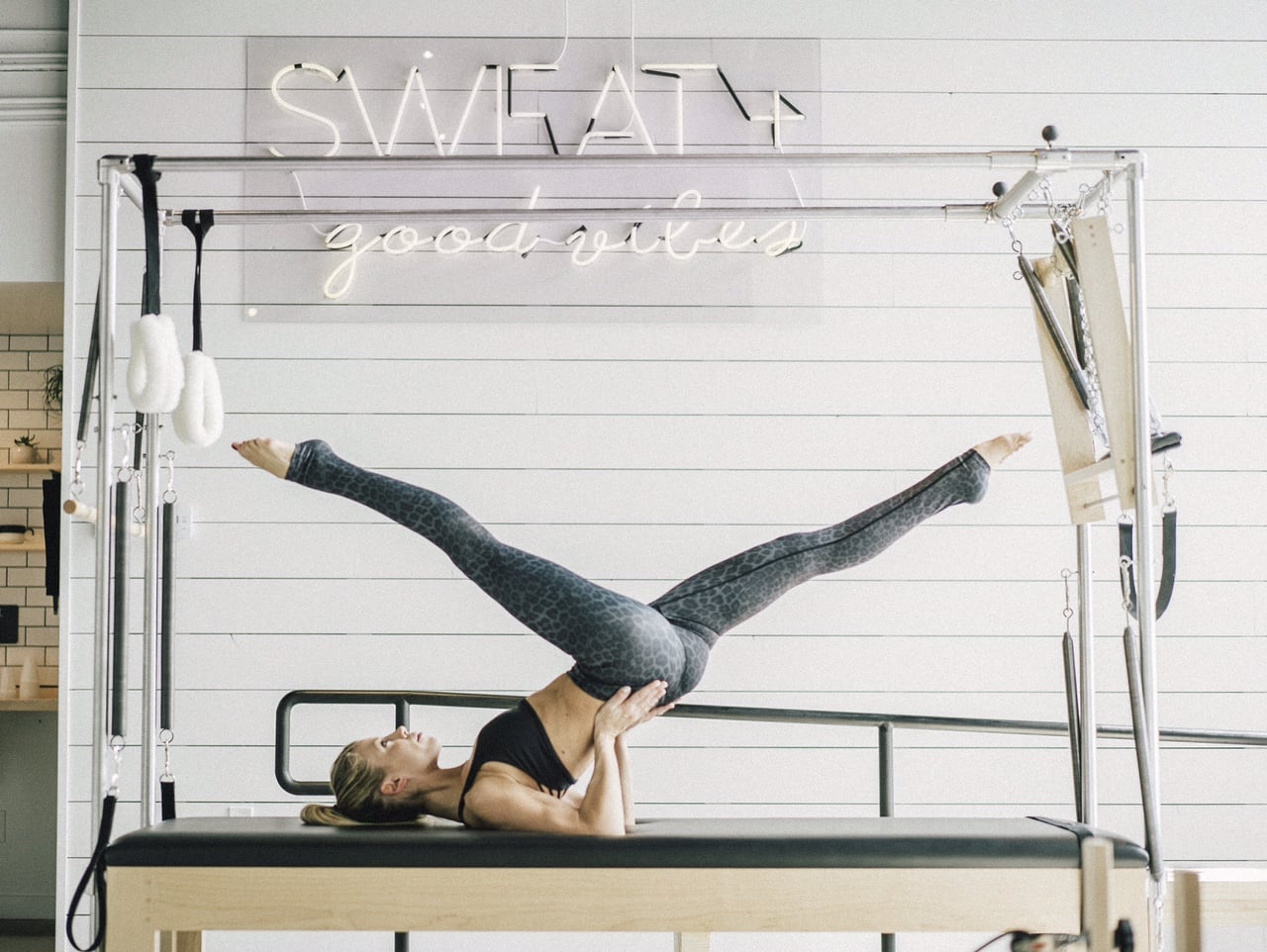
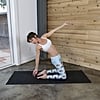
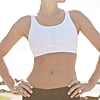
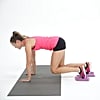
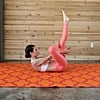
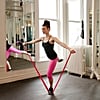



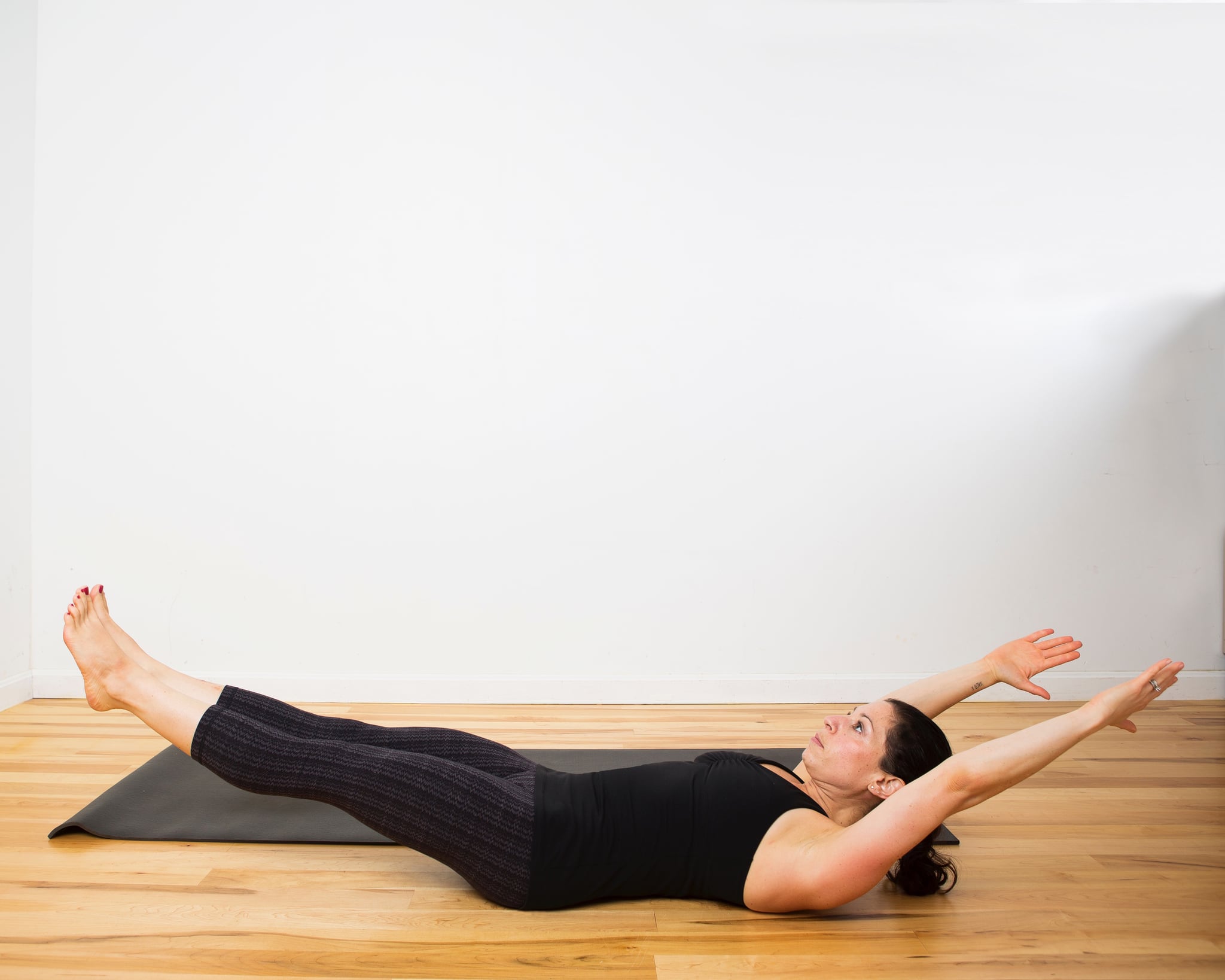
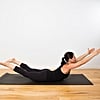



 RSS Feed
RSS Feed
